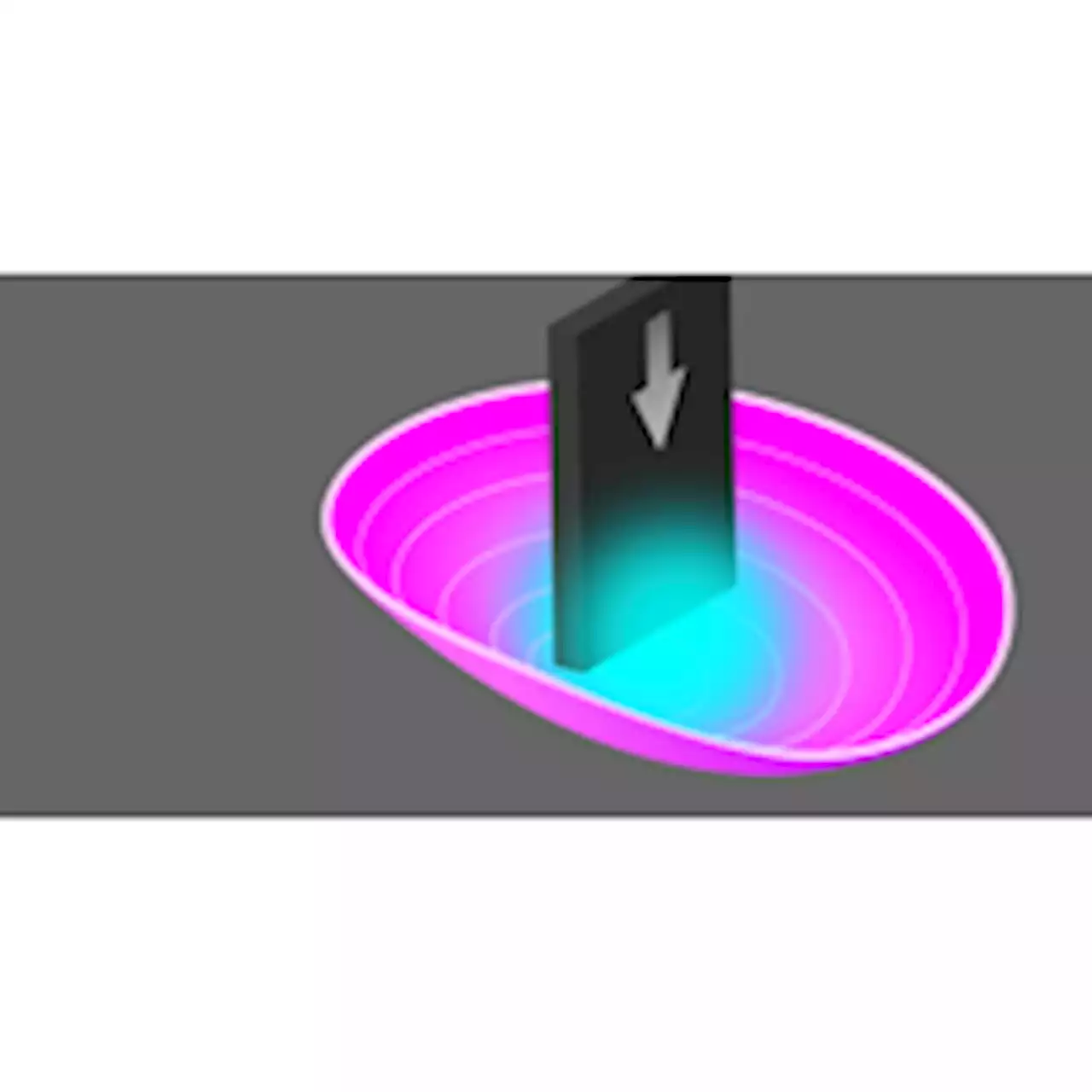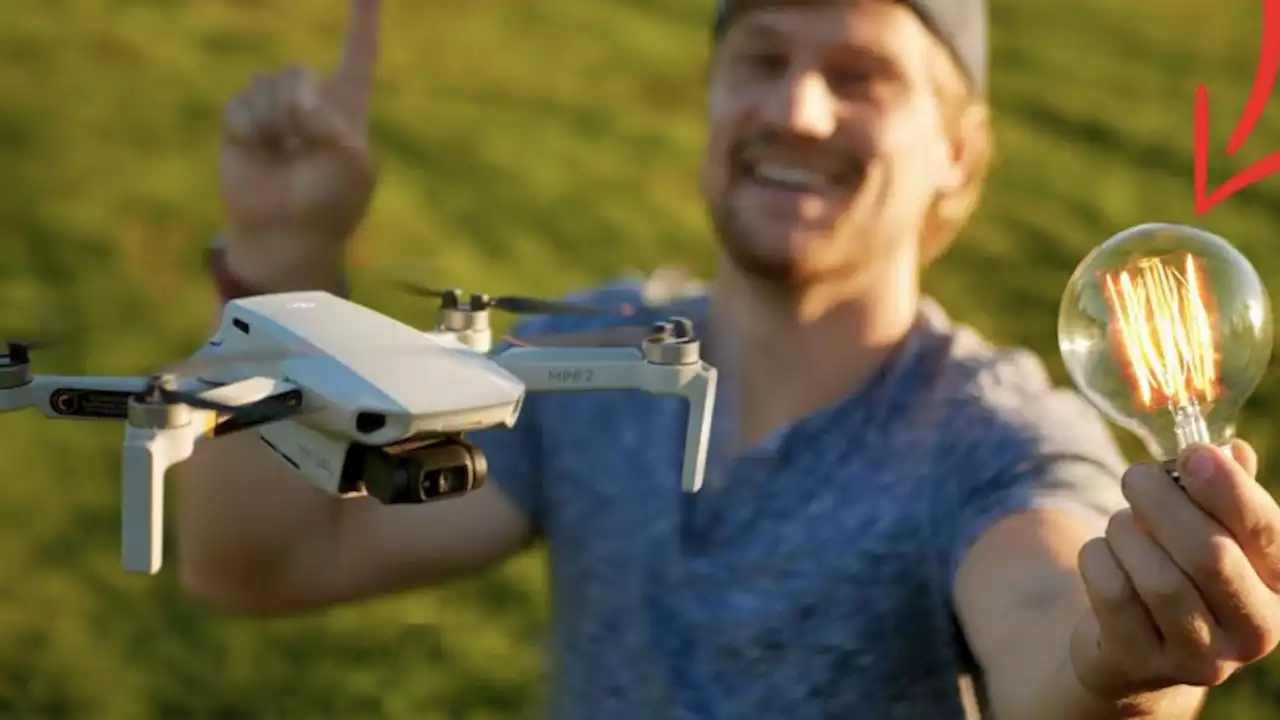And he did that using a drone!
Plasma ChannelJay Bowles writes in the description box,"Months of drone flights culminated in what can only be described as a remarkable feat in physics. I managed to successfully siphon energy directly out of the atmosphere."with adequate payload capacity to lift a length of fine-gauge magnet wire 100 meters above ground. A metal mesh collecting electrode was attached to the wire and suspended beneath the drone.
To complete the circuit between the drone and the ground, some large nails were driven into the ground. He also utilized a DIY electroscope to demonstrate the type of static charge that was building on the electrode. And amazingly, an electrode was able to deflect the leaves of an electroscope, power a beer can version of a Franklin bell, and run a homemade corona motor. If you're curious to see the demonstration, make sure you watch the video embedded above, and as always, enjoy.
United States Latest News, United States Headlines
Similar News:You can also read news stories similar to this one that we have collected from other news sources.
 Athletics’ Adrian Martinez will get starting assignment in SeattleA’s right-hander Adrian Martinez gets his second shot as a starter Thursday night in Seattle.
Athletics’ Adrian Martinez will get starting assignment in SeattleA’s right-hander Adrian Martinez gets his second shot as a starter Thursday night in Seattle.
Read more »
 Biden administration report shows massive fossil fuel industry job lossesThe Department of Energy released its annual energy job report showing massive year-over-year losses in the fossil fuel industry, but large gains in the clean energy sector.
Biden administration report shows massive fossil fuel industry job lossesThe Department of Energy released its annual energy job report showing massive year-over-year losses in the fossil fuel industry, but large gains in the clean energy sector.
Read more »
 Facebook Is Helping Anti-Abortion Clinics Collect Highly Sensitive Personal DataPersonal data is already being harvested and used by medically unlicensed anti-abortion “crisis pregnancy centers.”
Facebook Is Helping Anti-Abortion Clinics Collect Highly Sensitive Personal DataPersonal data is already being harvested and used by medically unlicensed anti-abortion “crisis pregnancy centers.”
Read more »
 Nuclear power can help the democratic world achieve energy independenceNuclear power can help the democratic world achieve energy independence, says energy researcher N_Mazzucchi
Nuclear power can help the democratic world achieve energy independenceNuclear power can help the democratic world achieve energy independence, says energy researcher N_Mazzucchi
Read more »
 Improved Neutron Lifetime Measurement with $\mathrm{UCN}\ensuremath{\tau}$An improved version of a ``bottle'' experiment lets researchers lower the uncertainty on this important parameter---but a tantalizing discrepancy remains.
Improved Neutron Lifetime Measurement with $\mathrm{UCN}\ensuremath{\tau}$An improved version of a ``bottle'' experiment lets researchers lower the uncertainty on this important parameter---but a tantalizing discrepancy remains.
Read more »
